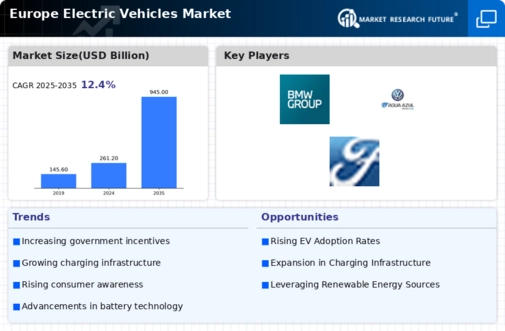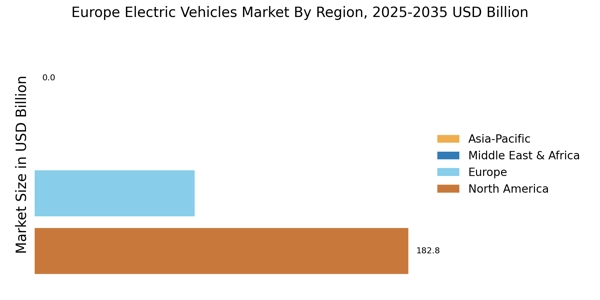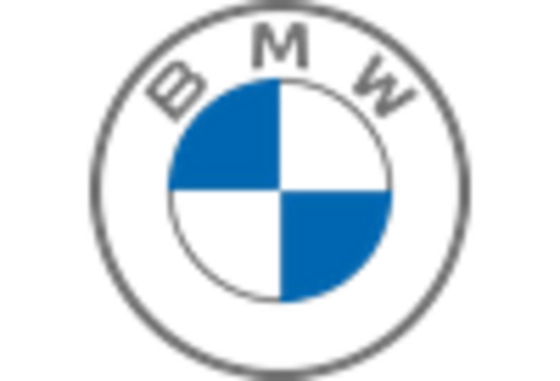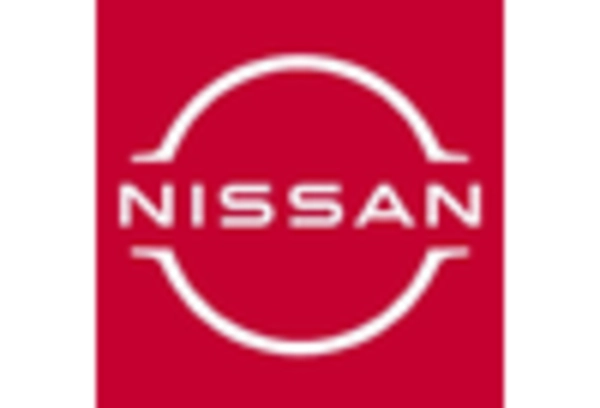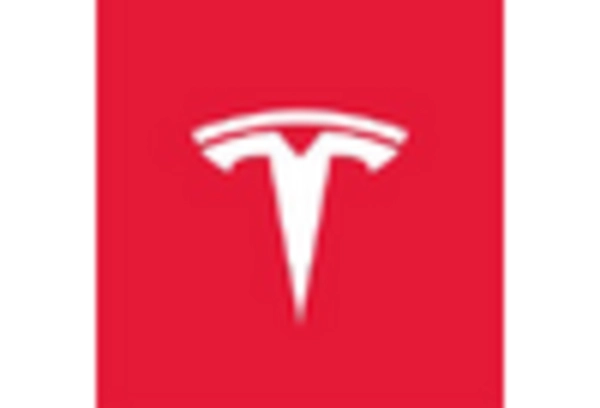Germany : Germany's Dominance in Electric Vehicles
Key markets include cities like Berlin, Munich, and Stuttgart, where the competitive landscape is dominated by major players such as Volkswagen, BMW, and Tesla. The local market dynamics are characterized by a strong push towards sustainability, with many companies investing in green technologies. The presence of established automotive manufacturers fosters innovation and collaboration in the EV sector, while the growing interest in electric public transport and logistics solutions further enhances market potential.
UK : Transforming Transportation in the UK
Key markets include London, Manchester, and Birmingham, where the competitive landscape features players like Tesla, Nissan, and Ford. The UK market is characterized by a diverse range of EV offerings, from compact cars to commercial vehicles. Local dynamics are influenced by a strong push for sustainable transport solutions, with significant investments in charging infrastructure and incentives for businesses to adopt electric fleets, creating a favorable business environment for EV manufacturers.
France : Driving Change in French Mobility
Key markets include Paris, Lyon, and Marseille, where major players like Renault, Peugeot, and Tesla are making significant inroads. The competitive landscape is evolving, with local manufacturers focusing on affordable EV options. The French market benefits from a supportive regulatory environment, with initiatives aimed at enhancing public transport electrification and promoting electric car-sharing services, creating a vibrant ecosystem for EV adoption.
Russia : Navigating Challenges in EV Adoption
Key markets include Moscow and St. Petersburg, where the competitive landscape features local players like Lada and international brands such as Tesla. The market dynamics are influenced by a growing interest in sustainable transport solutions, although infrastructure development remains a significant hurdle. The Russian government is focusing on enhancing charging networks and promoting electric public transport, which could pave the way for future growth in the EV sector.
Italy : Revving Up Electric Mobility in Italy
Key markets include Milan, Rome, and Turin, where major players like Fiat, BMW, and Tesla are competing for market share. The competitive landscape is characterized by a mix of local and international brands, with a focus on affordable and stylish EV options. The Italian market is also seeing a rise in electric scooters and bikes, reflecting a broader trend towards electrification in urban mobility solutions, enhancing the overall business environment for EV manufacturers.
Spain : Energizing Spain's Electric Future
Key markets include Madrid, Barcelona, and Valencia, where major players like Nissan, Tesla, and Volkswagen are establishing a presence. The competitive landscape is evolving, with local manufacturers also entering the market. The Spanish market benefits from a supportive regulatory environment, with initiatives aimed at enhancing public transport electrification and promoting electric car-sharing services, creating a favorable business environment for EV adoption.
Rest of Europe : Exploring Europe's Electric Potential
Key markets include the Netherlands, Norway, and Sweden, where the competitive landscape features a mix of local and international players. Major brands like Tesla, BYD, and Hyundai are making significant inroads. Local market dynamics are influenced by varying regulatory frameworks and consumer incentives, with some countries leading in EV adoption due to strong government support and infrastructure development, while others are still developing their markets.


